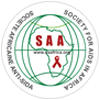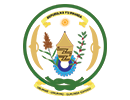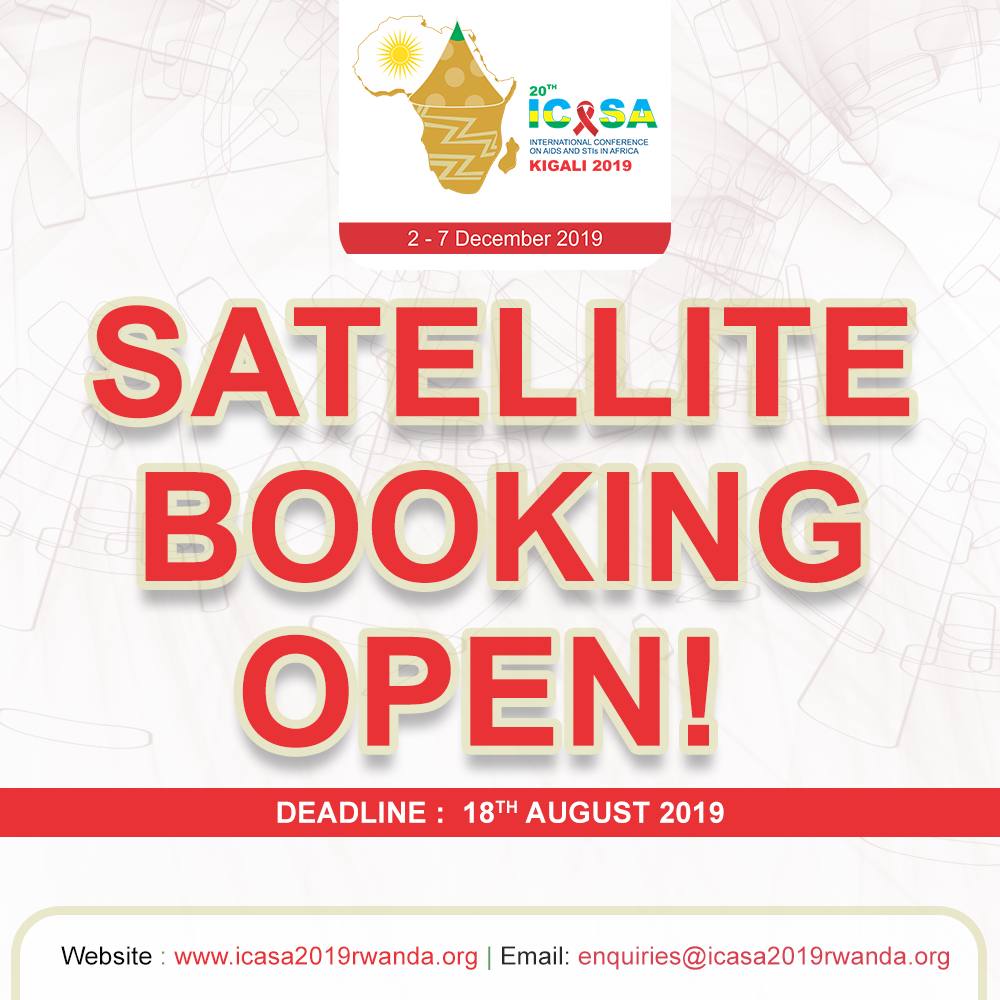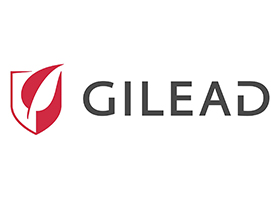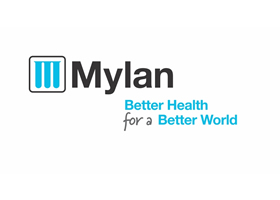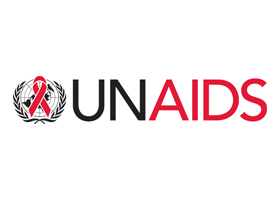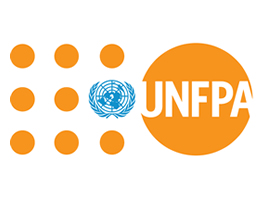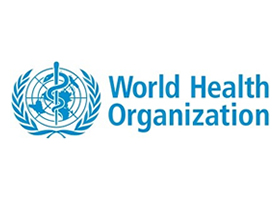Time: 12.45 – 14.15
Room: Auditorium
Reporter: Annet Kampororo and Ange Umutoni
Shingwenyana Ntiyiso discussed about the sexual and reproductive health and rights and HIV migration programming across migration corridors in Six SADC countries. He tackled the problem, design and approach towards it, progress and achievement, lesson learnt and conclusion. He highlighted how migrant women often secure work in the informal sector as sex work, domestic work and trade. The high prevalence of HIV among adolescent and young people is not adequately addressed and vulnerabilities orphaned migrants children is increased. The risk for mother to child transmission of HIV is high and so is their exposure to gender based violence. They had capacitated 1116 persons in six countries to access to SRH and HIV services. The lesson learnt was that there is still stigma in some communities and this makes it difficult to addressing issues like sexuality, sexual practice, sexual exploitation and sexual abuse.
SMunyoro DenisS discussed his study assessing the relationship between violence victimization and viral load failure among youth living with HIV aged between 15-24 years in Ndola, Zambia. He found that youth described how psychological abuse experiences at home and in schools, negatively influenced their HIV outcomes and general well-being.
Manguro GriffinsS discussed about the systems analysis and improvement approach to optimize sexual and reproductive health services uptake among young women who sell sex in Kilifi County, Kenya. He highlighted that young people in Kenya, as in most parts of Africa, comprise the highest risk-group for HIV infection. He said that young female sex workers in Kenya are a double at-risk group: in addition to the greater risks of HIV due to sex work, they may have lower self-perception of risk as they may not readily identify as sex workers or have adequate knowledge and information on the modes of transmission. From lessons learnt, there is the need to design interventions specifically for increasing the uptake of HIV/STI and sexual and reproductive health for young female sex workers to optimize outcomes. A program learning approach with short rapid cycles of intervention followed by periodic (frequent) review and improvements can be a key to developing innovative, cost effective and tailored solutions to major program challenges .


